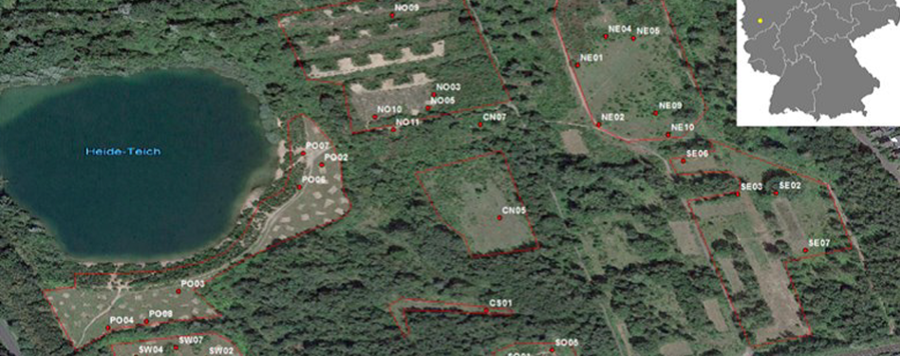
Weather-related detection probability of Lacerta agilis LINNAEUS, 1758 within the core range in western Germany
Weather conditions are important factors determining the activity, and consequently detection probability of animals. Especially in ectotherms from temperate habitats, activity can vary strongly depending on weather. The sand lizard Lacerta agilis is a wide-ranging lizard that is often subject to environmental impact assessments due to its proximity to humans and prevalence as a candidate for compensatory measures according to the Flora and Fauna Habitat Directive of the European Union. Lacerta agilis has been studied extensively at certain edges of its distribution, but studies focusing on the core range have been rare. We use Bayesian models in order to identify the best explaining weather variables out of a large variety of available variables for a population of Lacerta agilis in western Germany. We furthermore depict their interactions with an easy-to-understand regression tree model. Sand lizards have shown to be more active during dry conditions with low windspeeds. They further are best found after sunny weather with temperatures around 20°C. Rainfall in the previous 24 hours also increases the detection probability. An unpruned regression tree reaffirms the results while giving concrete variable values and exploring how the values influence each other. Overall, the method delivers a decision tree based on easy-to-obtain weather variables that allows for post-survey analysis and for determination of the best survey conditions.






